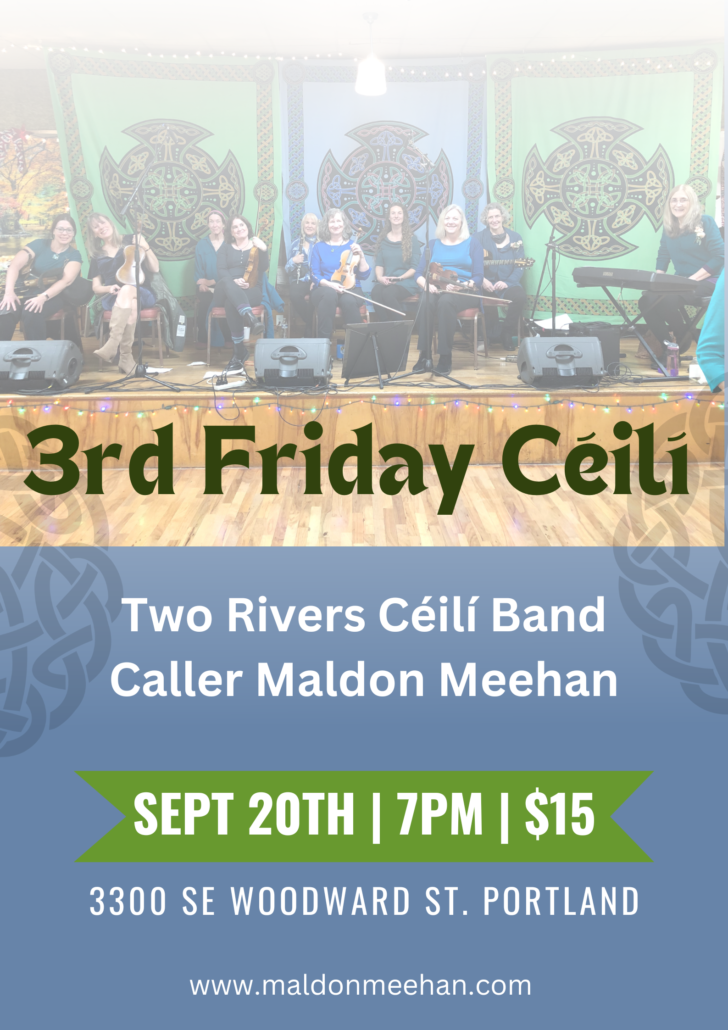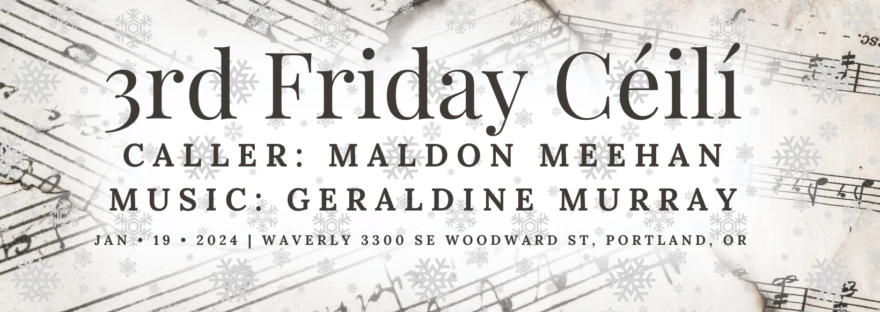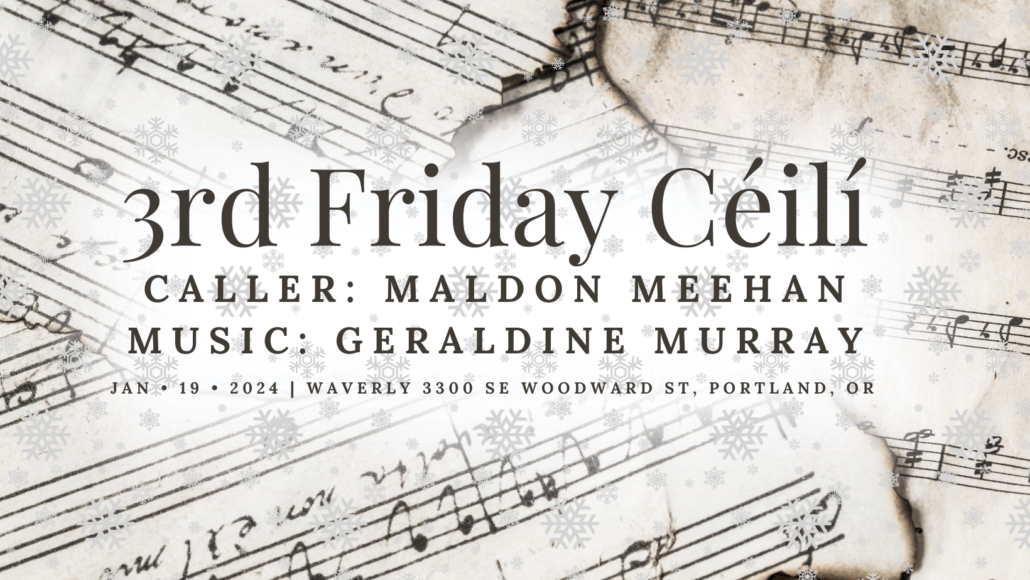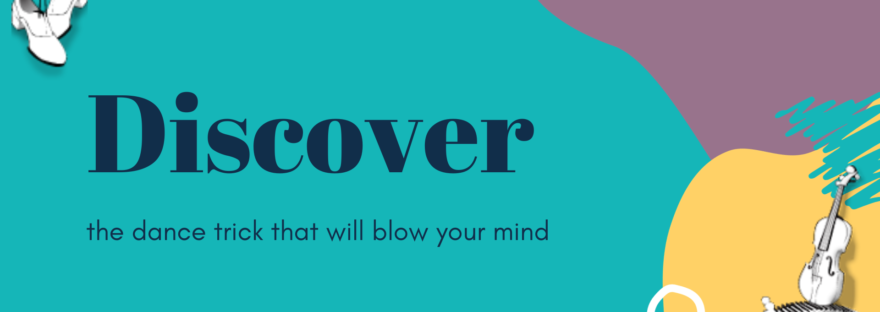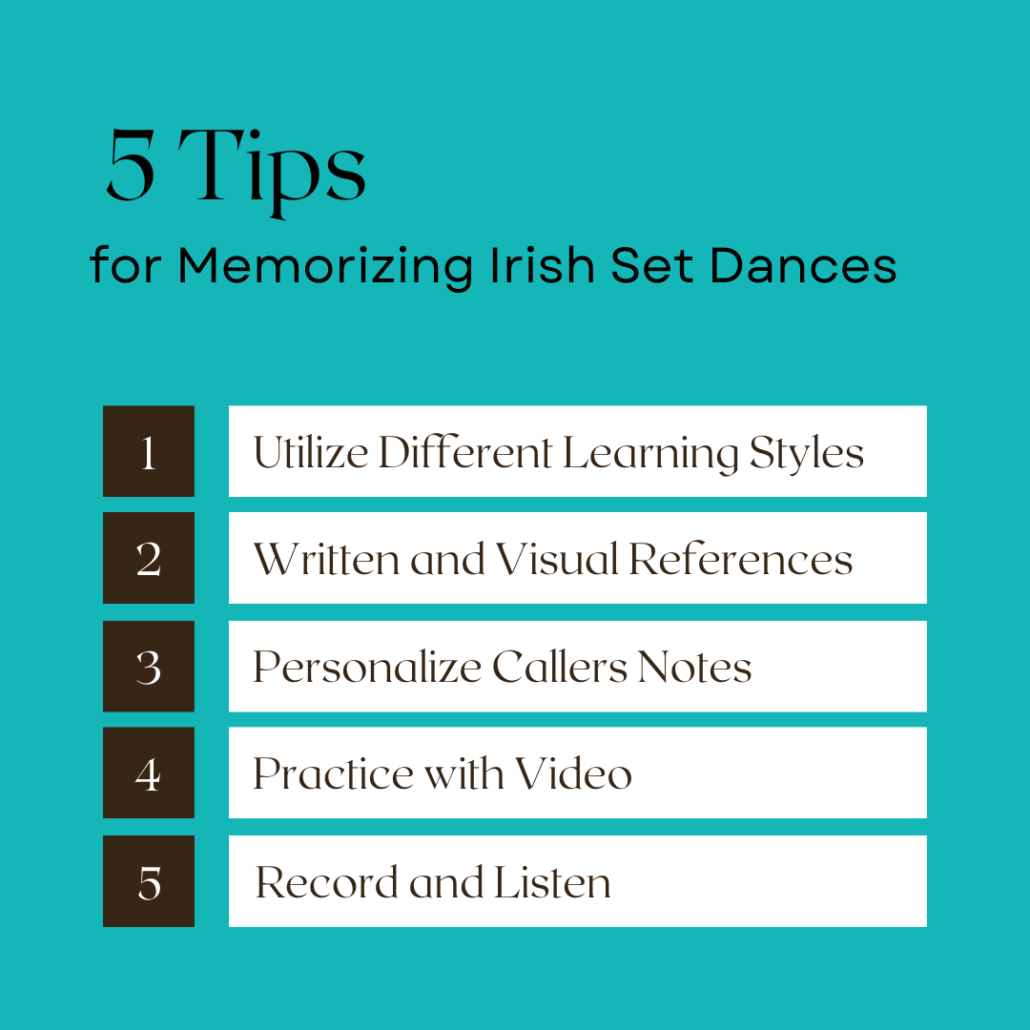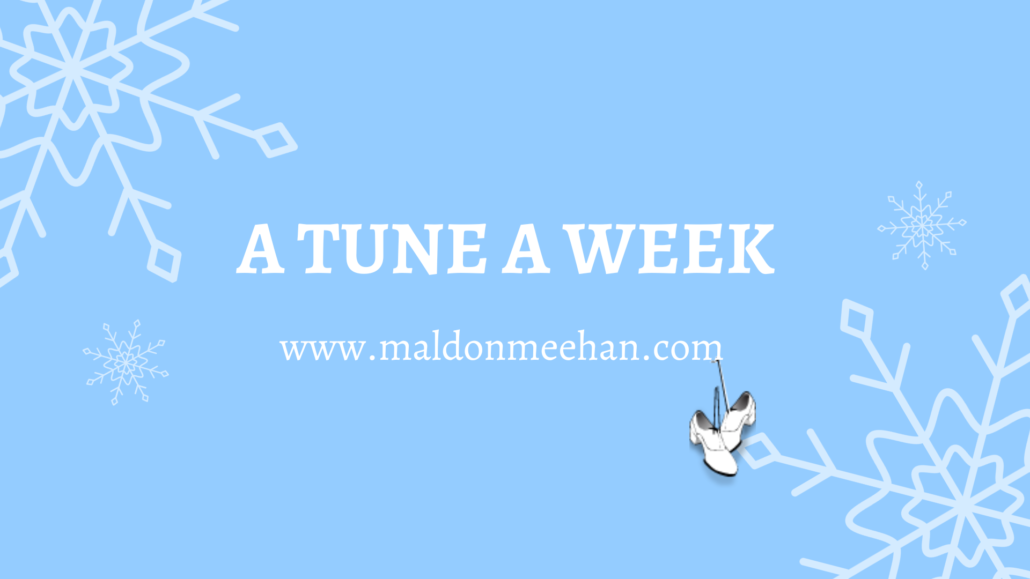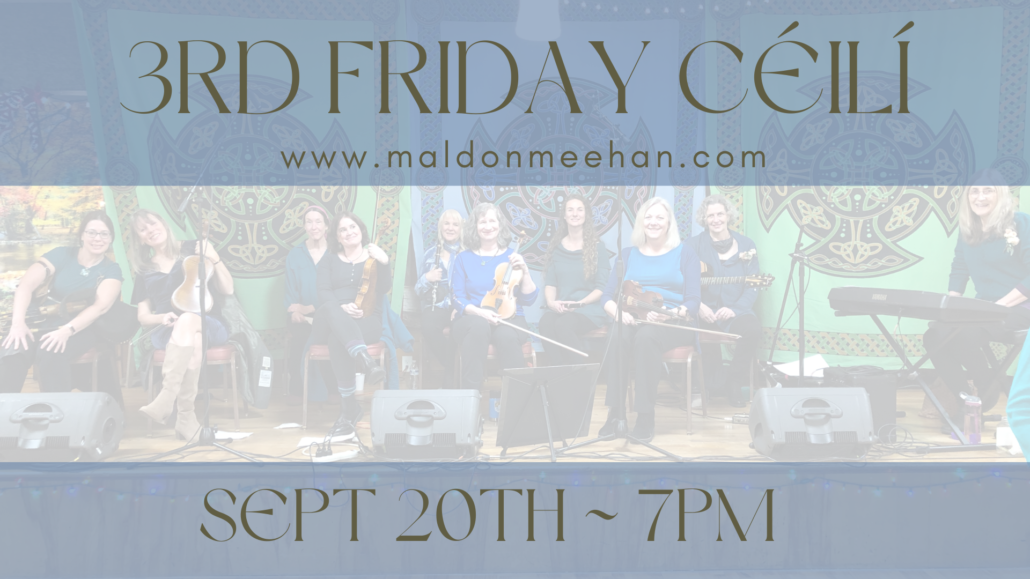
3rd Friday Ceili Dance Season Kicks Off with All-Women’s Band in Portland
Portland, OR – September 20, 2024 – Portland’s vibrant Irish dance scene is set to ignite as the 3rd Friday Ceili season kicks off with a spectacular event featuring the city’s only all-women’s ceili band, the Two Rivers Ceili Band. This powerhouse group of talented musicians, fast becoming Portland’s most sought-after Irish dance band, will deliver an evening of driving tunes with fiddles, flutes, Uilleann pipes, piano, and guitar.
The event will take place on September 20, 2024, at 3300 SE Woodward St, Portland, OR. The evening will begin with a dance workshop at 7pm, making it an inclusive occasion for everyone, regardless of experience or dance partner. The Two Rivers Ceili Band will take the stage at 7:30pm, accompanied by Portland’s own renowned Irish dance caller, Maldon Meehan, who will lead the dances throughout the night.
Event Details:
- Date: September 20, 2024
- Location: 3300 SE Woodward St, Portland, OR
- 7pm: Beginners Workshop
- 7:30pm: Live Music & Called Dances
- Admission: $15
- Music: Two Rivers Ceili Band
- Calling: Maldon Meehan
This event promises to be a memorable night of music, dance, and community. Attendees are encouraged to come ready to enjoy an evening of lively Irish dance, learn new steps, and immerse themselves in Portland’s rich cultural landscape.
The 3rd Friday Ceili Dance is a monthly event celebrating traditional Irish music and dance. It aims to create an inclusive space where people from all walks of life can come together to enjoy the rich traditions of Irish culture.
Links
- Facebook Event Page – for sharing on facebook
Downloads
- Canva Posters – you can download the posters in any size or format you would like.
- Press release – press release in google drive
- Two Rivers Photo – download Two Rivers Photo
